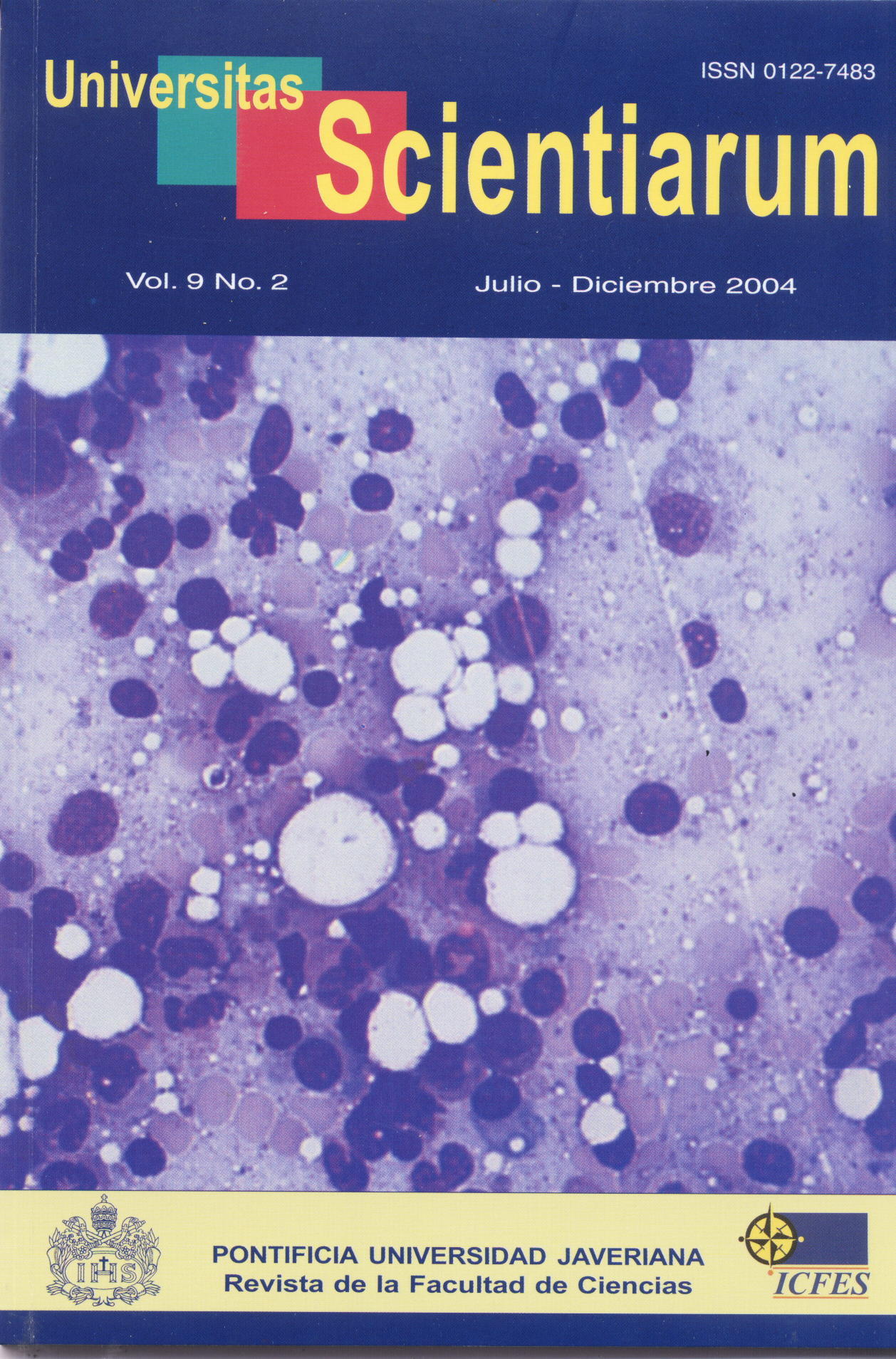Abstract
One of the pathogens able to produce haemorrhagic fevers is Ebola virus, classified in the Filovirideae family, which has four sub-types, the most analyzed of which is the Zaire sub-type. The genome of this virus contains the information of seven structural proteins and one non-structural glycoprotein called Small Secretion Glycoprotein of the Ebola Zaire virus (SSGP). Using bioinformatic tools and previous studies about the Ebola virus, we predicted the tertiary structure of the small secretion glycoprotein (SSGP EBO-Z), and based on that, we generated a model to explain the mechanism by which the virus enters host cells, where receptors of the cell surface play an important role. This provided an explanation for the symptoms and pathological damage found in patients.
This work is licensed under a Creative Commons Attribution-NonCommercial 4.0 International License.
Copyright (c) 2022 Nury Esperanza Vargas Alejo, Clara Andrea Rincón Cortés, Edgar Antonio Reyes Montaño


